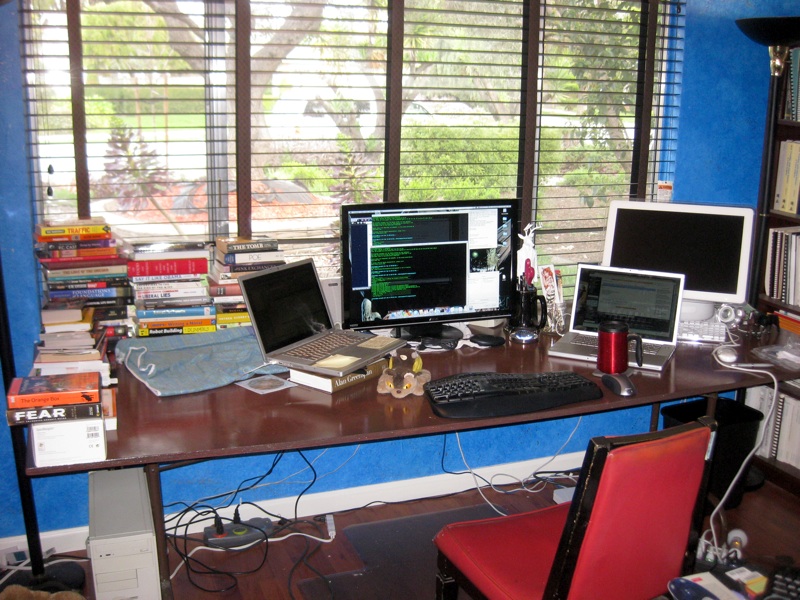http://www.warrenellis.com/?p=8099 The tone: no, the film isn’t as grim as the book. The book is pretty grim. But it’s also pretty small. When I sell the rights to a book, they buy the right to adapt it in whatever way they see fit. I can accept that they wanted a lighter film, and, as I’ve said before, the script is very enjoyable and tight as a drum. They haven’t adapted it badly, by any means. People who’ve enjoyed the graphic novel will have to accept that it’s an adaptation and that by definition means that it’s going to be a different beast from the book. The film has the same DNA. It retains bits that are very clearly from the book, as well as, of course, the overall plotline. But it is, yes, lighter, and funnier. And if anyone has a real problem with that, I say to you once again: Helen Mirren with a sniper rifle. I mean, if you don’t want to see a film with Helen Mirren with a sniper rifle, I’m not sure I want to know you.Amen to that. -the Centaur
Warren Ellis's comic Red is being made into a movie, and a friend of mine commented how reasonable Warren Ellis seems to be about adaptation (as opposed to, say, Alan Moore, who is of course entitled to his own opinion). From Warren Ellis's blog:


















